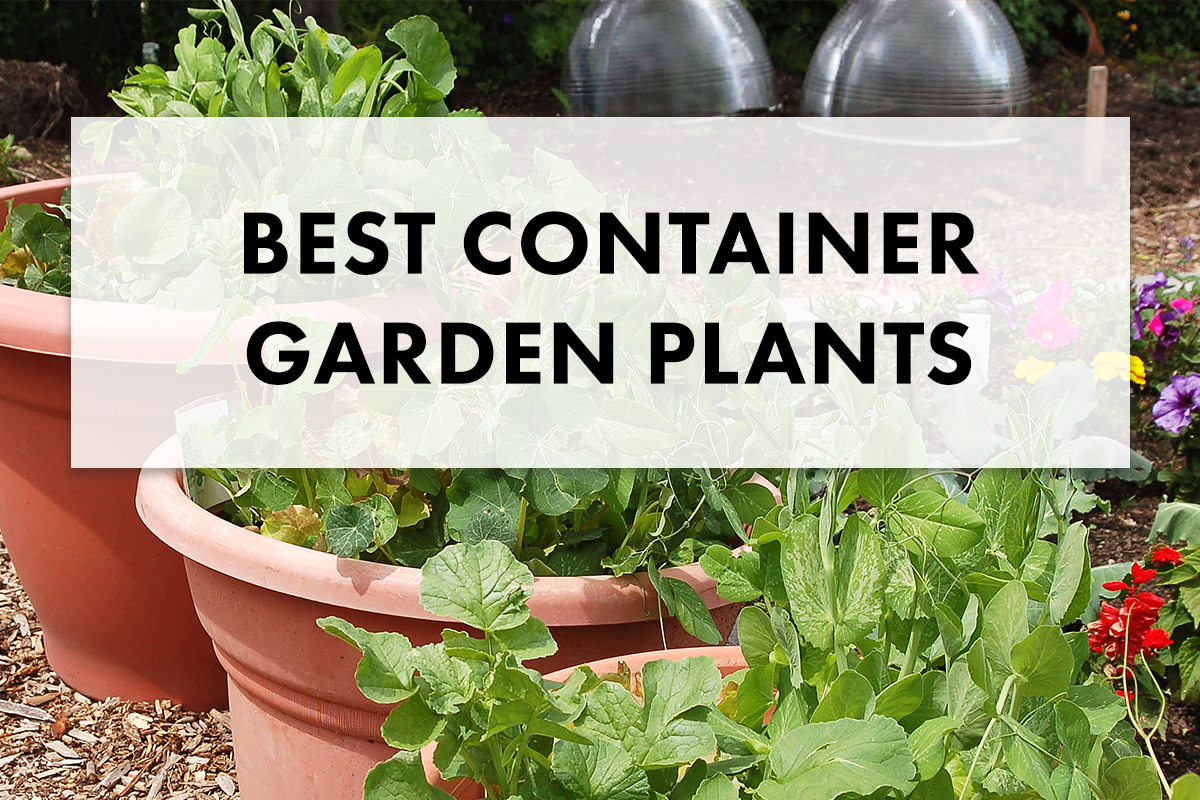What and How to Compost: A Simple Guide to Greens, Browns and the C:N Ratio

How to Start Composting
The key to successful composting is the carbon-to-nitrogen ratio. But, what is does that ratio mean and how can I achieve it?
The Carbon-to-Nitrogen Ratio
Organic matter is composed of carbon and nitrogen, but of course, not all OM is the same, so the quantities of carbon and nitrogen vary. In a compost bin, that quantity matters, as the types of microbes that actively decompose those mate-rials have certain preferences, and your compost pile will break down far more efficiently if you meet their requirements. Research has shown the microbes in your compost bin love a ratio of 30:1 (carbon to nitrogen). For comparison, here are the C:N ratios of some common materials you might put into your composter:
- Dried leaves: 60:1
- Shredded newspaper: 175:1
- Sawdust: 325:1
- Straw: 75:1
- Grass clippings: 20:1
- Manure: 15:1
- Vegetable scraps: 25:1
- Coffee grounds: 20:1
As you can see from this list, if you put pieces of carbon-rich shredded news- paper or bucketfuls of sawdust in your compost bin, you had better throw in some nitrogen-rich grass clippings or vegetable scraps as a chaser. Don’t stress out too much about these numbers, though—the goal is to get a mix of materials, and understand if you put too much of one type of material in the bin, you will need to offset it.
Categorizing Your Compost into Greens and Browns
Carbons are commonly designated as “brown” materials and nitrogen-based materials are “green.” To help you figure out the ingredients you need to get that C:N ratio working for your own compost bin, here is a breakdown of commonly composted items, divided into those two categories:
Greens (High in Nitrogen)
- Grass clippings
- Food scraps
- Raw vegetables
- Raw fruit
- Coffee grounds
- Tea leaves (loose or bags)
- Pet fur or human hair
- Herbaceous materials—any trimmings from annual and perennial flowers, vegetable and fruit plants
- Animal manures (only if the animals are herbivores)
Browns (High in Carbon)
- Dried leaves (you choose to shred or not; they break down faster if shredded)
- Straw and hay
- Corncobs
- Woody materials—twigs, trimmings from hedges, dried stalks (cut into small pieces)
- Wood ash
- Untreated sawdust
- Wood chips (small amounts only; they take a long time to break down)
- Newspaper, cardboard, paper towels that have been used to wipe your hands (shred into small pieces and don’t put too much in the bin at once)
- Eggshells
There are several items you should not add to your home composter: material from diseased plants; feces from carnivorous animals; paper towels soiled with commercial cleaning products; and food wastes such as dairy, meat, and oils.
I choose not to compost plants with weed seeds because I can’t be sure that the bins I use at my community garden will get hot enough to destroy those seeds, as we use a cold, passive style of composting. We don’t use herbicides at the com-munity garden, but if we did, I wouldn’t put the trimmings from plants treated with them into the compost bin. If you live in a large city and have municipal compost, the rules about what you can put in their composters differ from those for the one you have in your backyard. Industrial composters operate at far hotter temperatures and can kill things like pathogens and weed seeds, and you can put pretty much any food scraps (including meat and dairy), as well as wastes such as cat litter, into them.
Excerpted from The Prairie Gardener's Go-To for Soil by Janet Melrose and Sheryl Normandeau. Copyright 2021 by Janet Melrose and Sheryl Normandeau.







